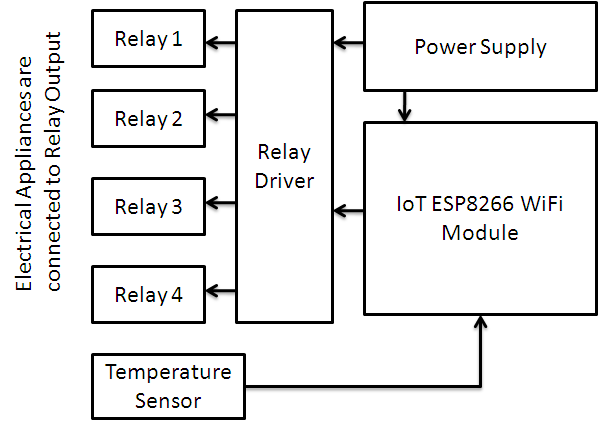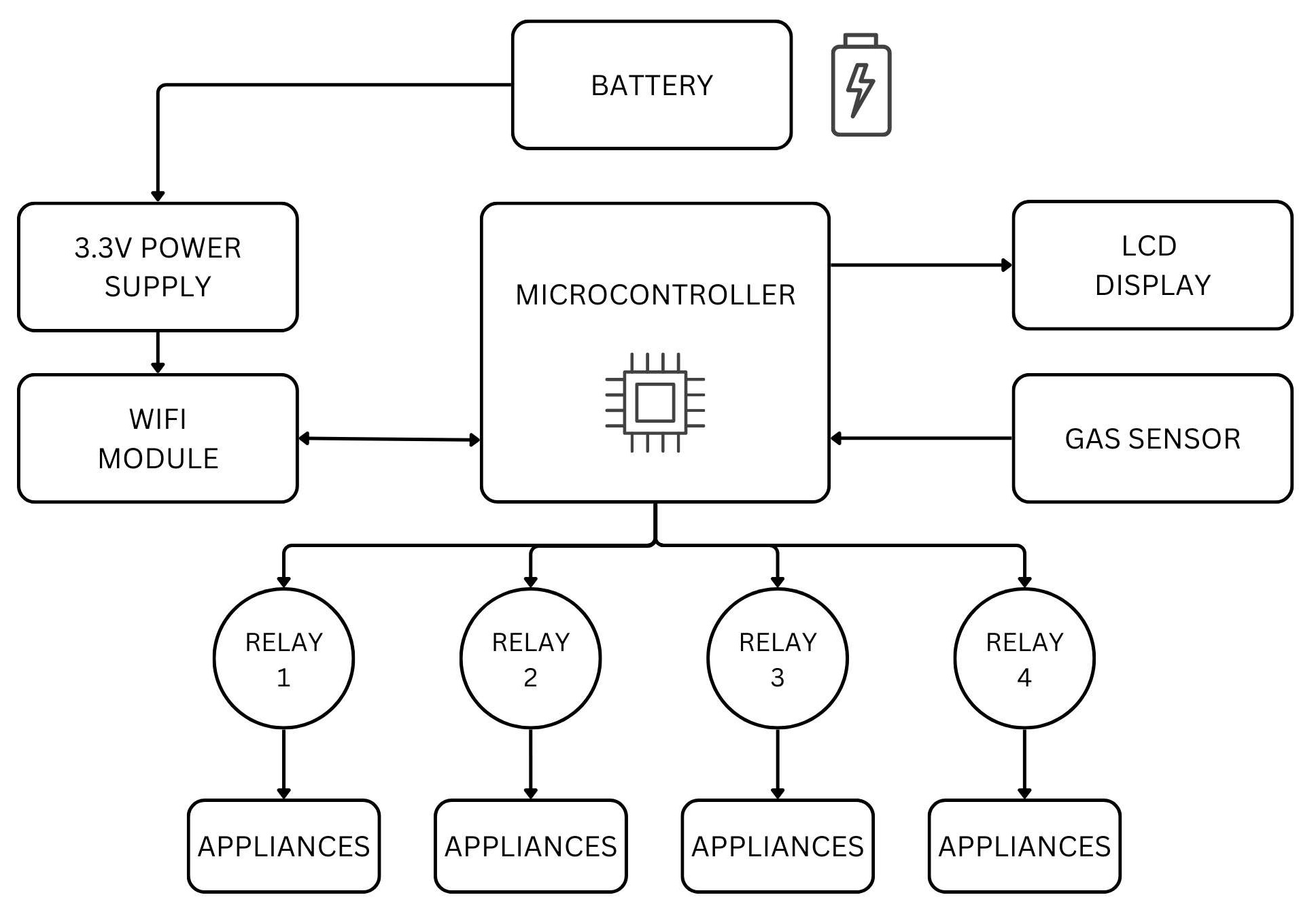Simulating an IoT system for home automation Circuit Diagram The main control chip of the smart home system connects the IoT system, sensor system and control system, obtains all sensor data in the sensor system in real time, and then processes it. The processed data is sent to the public cloud through the IoT module, and the serial port and IIC communication protocol are used to complete the reception

Therefore, an IoT-integrated home automation with smart security system has been implemented to enable us to control, monitor, and provide a smart security system that may serve as an example of

Building a Smart Home Automation System with IoT and Python Circuit Diagram
Get creative and build your own custom smart home system with DIY home automation! Learn how to create your own smart home ecosystem using open-source platforms, DIY smart devices, and custom automation projects. Discover the satisfaction of building and customizing your smart home from scratch, and unleash your creativity to create a unique and personalized smart home experience.

OpenHAB is a home automation and IoT gateway framework for smart homes. Similar to Home Assistant, OpenHAB works nicely with Raspberry Pi and comes with their own design tools to create a UI for your home automation product. An understanding architecture of OpenHAB: Modularity: It is realized with the bundle concept

Home Automation Using the Internet of Things (IoT) Circuit Diagram
The steps involved in the designing of an IoT system or application can be summarized as shown in the below figure: Let's discuss all the ten steps in the IoT design methodology with the help of a case study: Home Automation System. 1. Purpose and Requirements Specification. First step is to define the purpose and requirements of the system.
